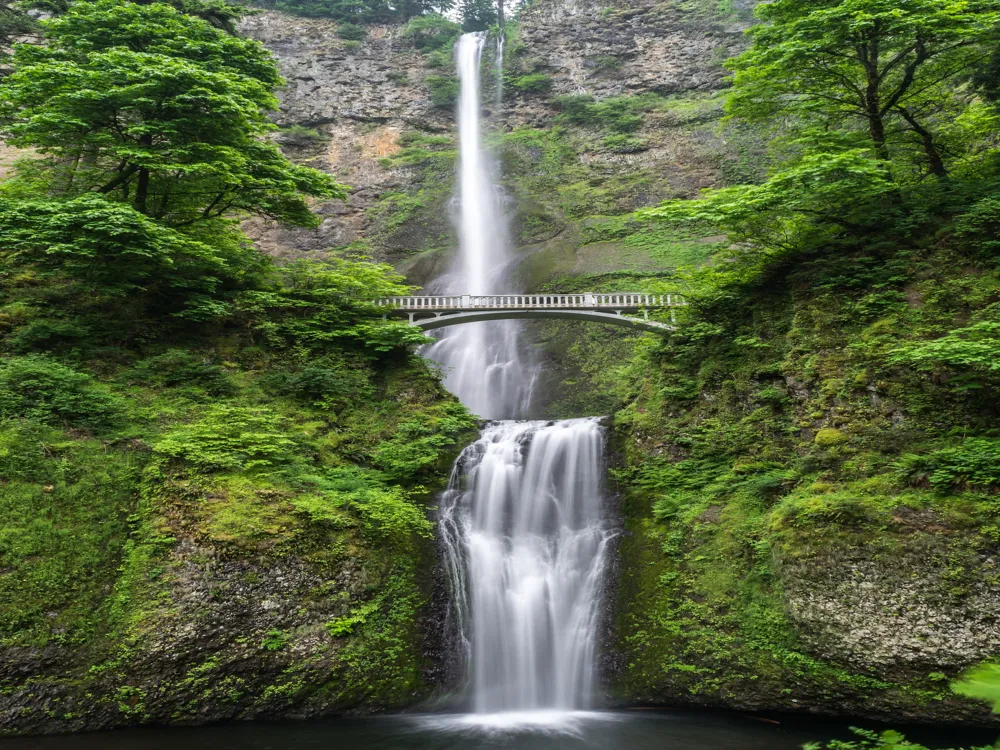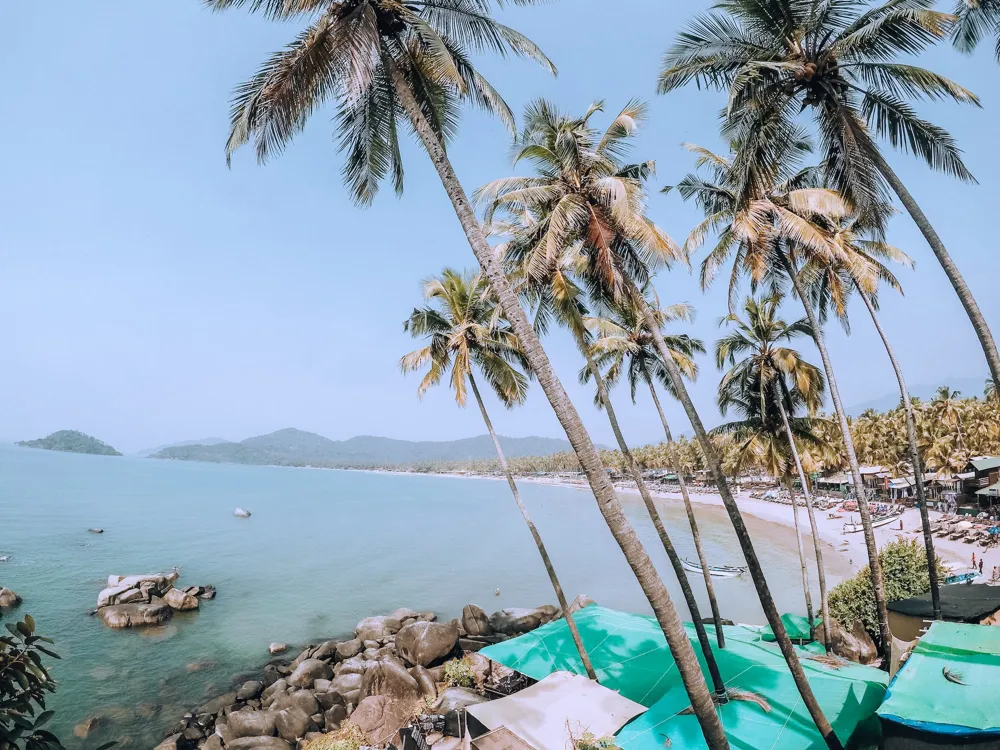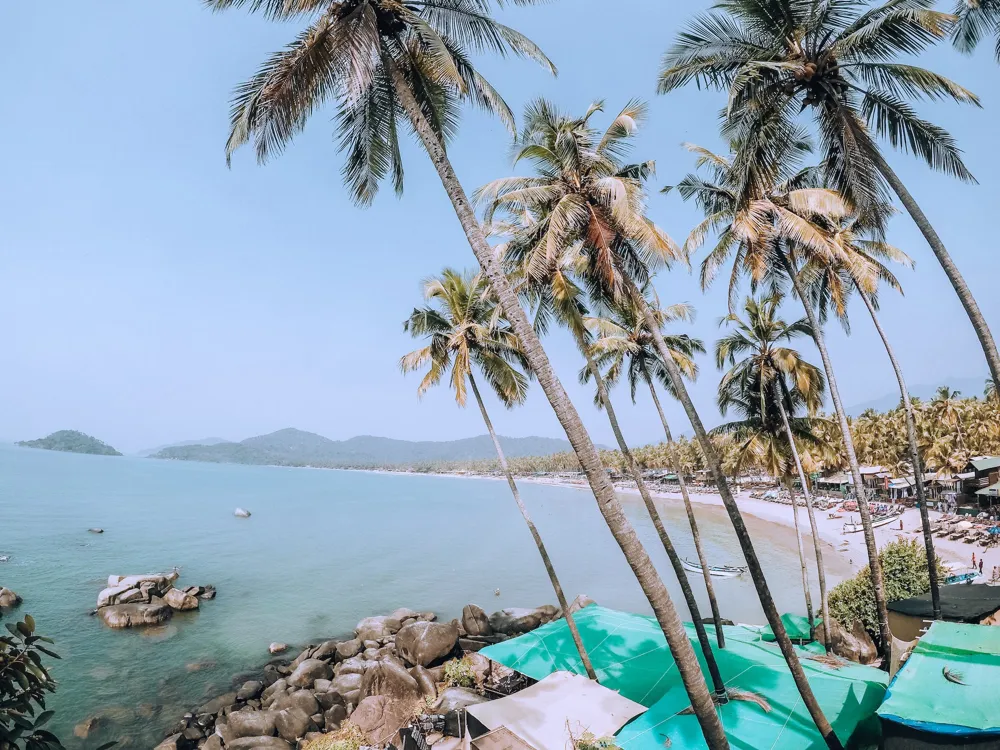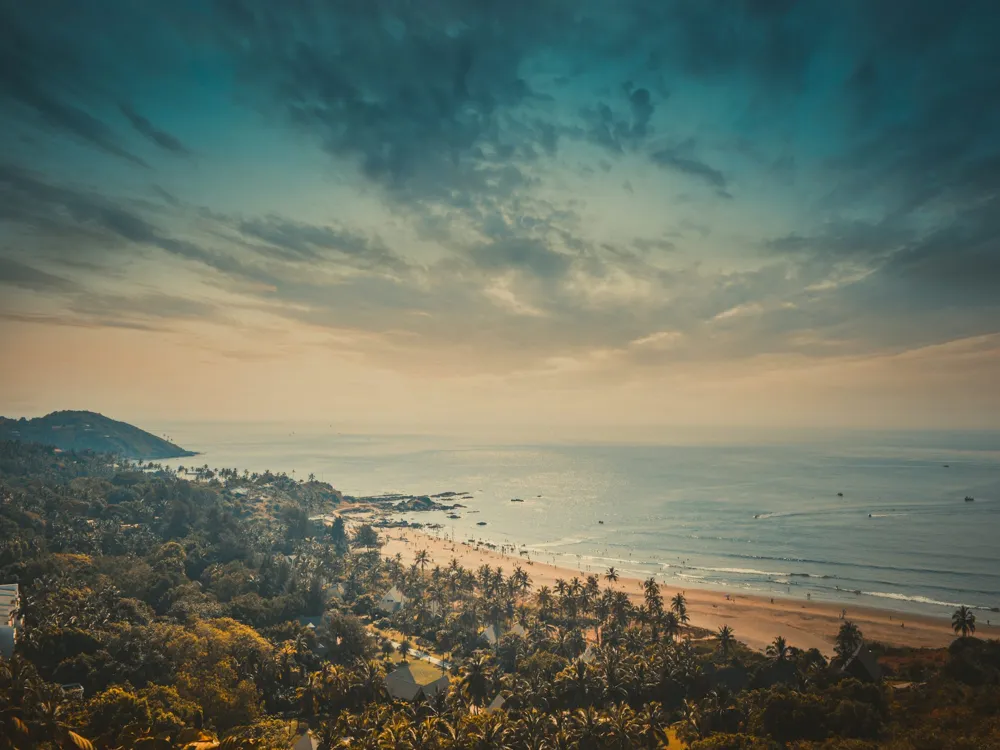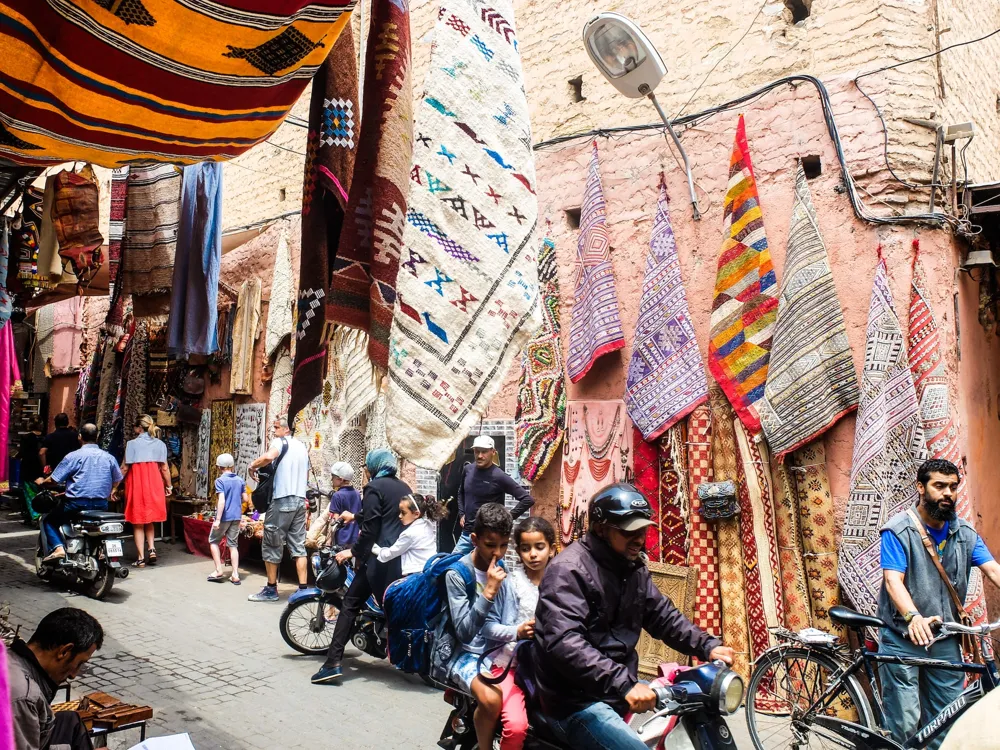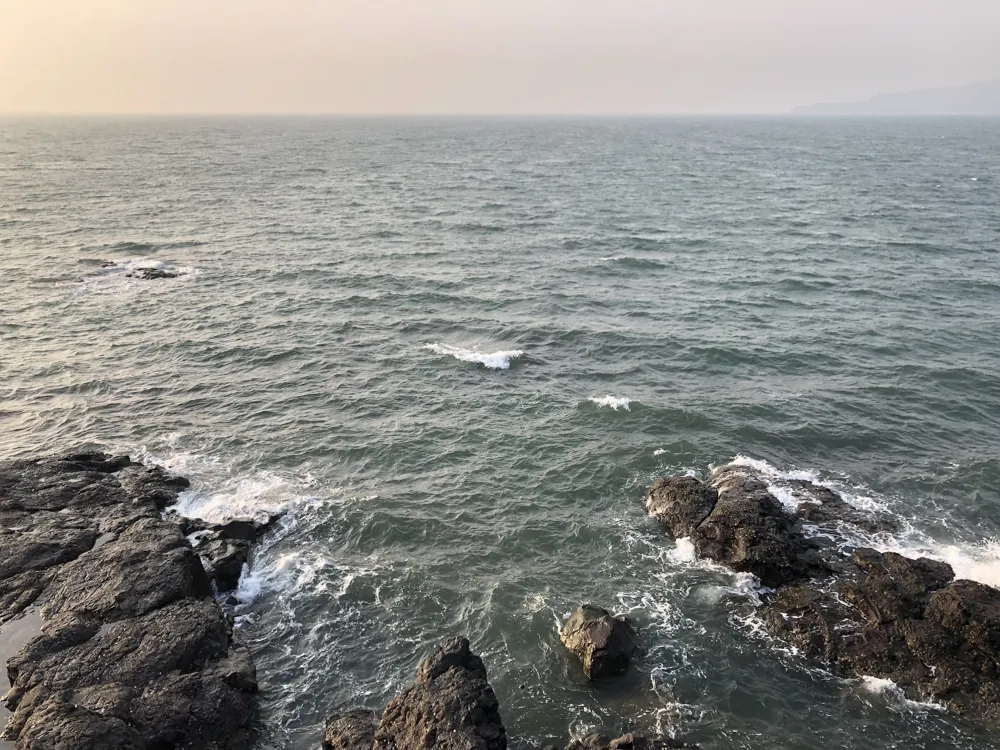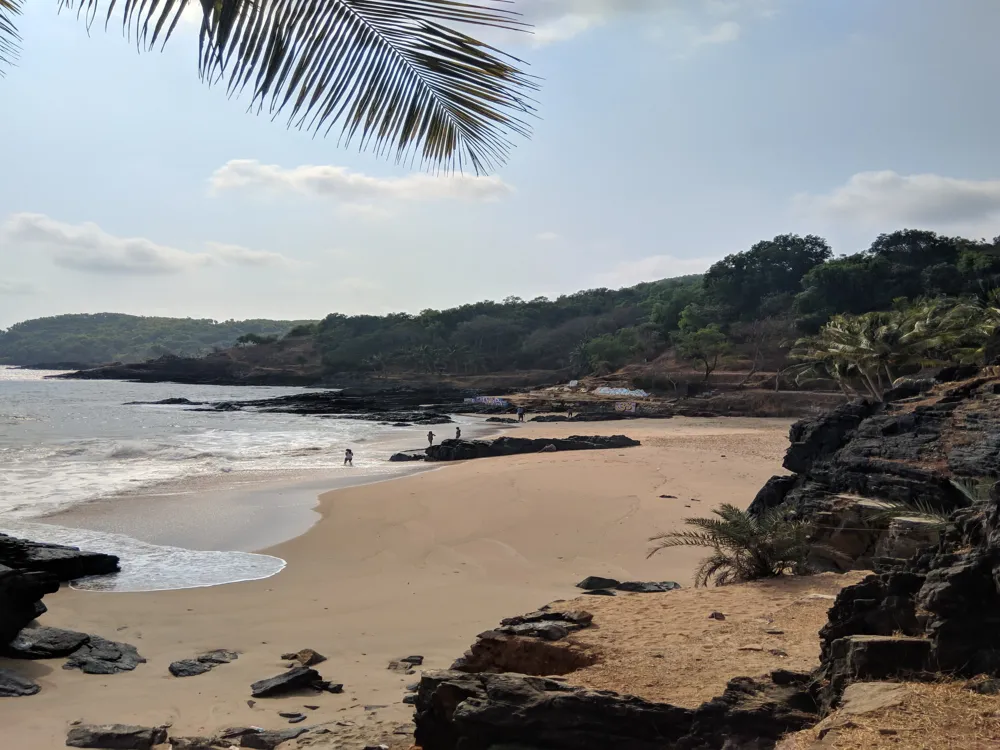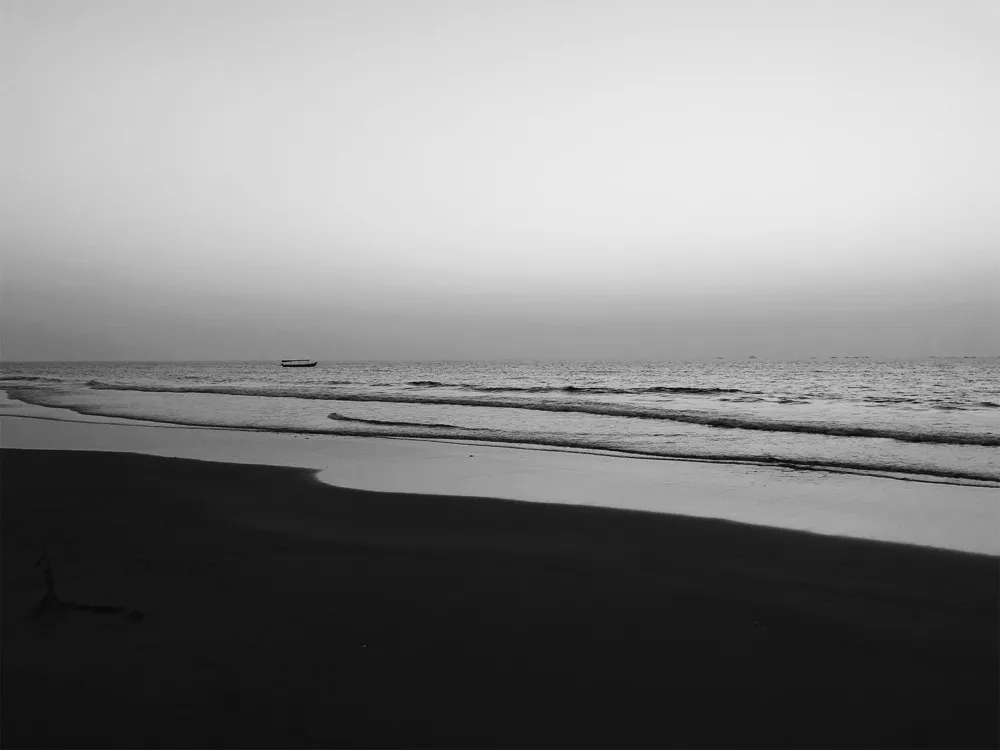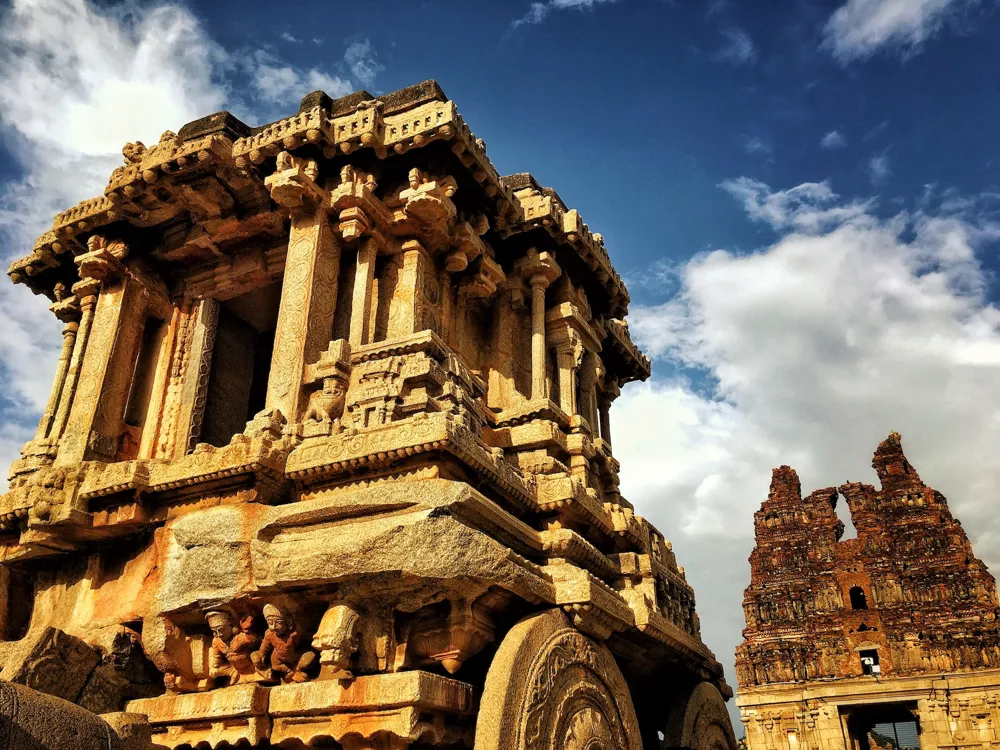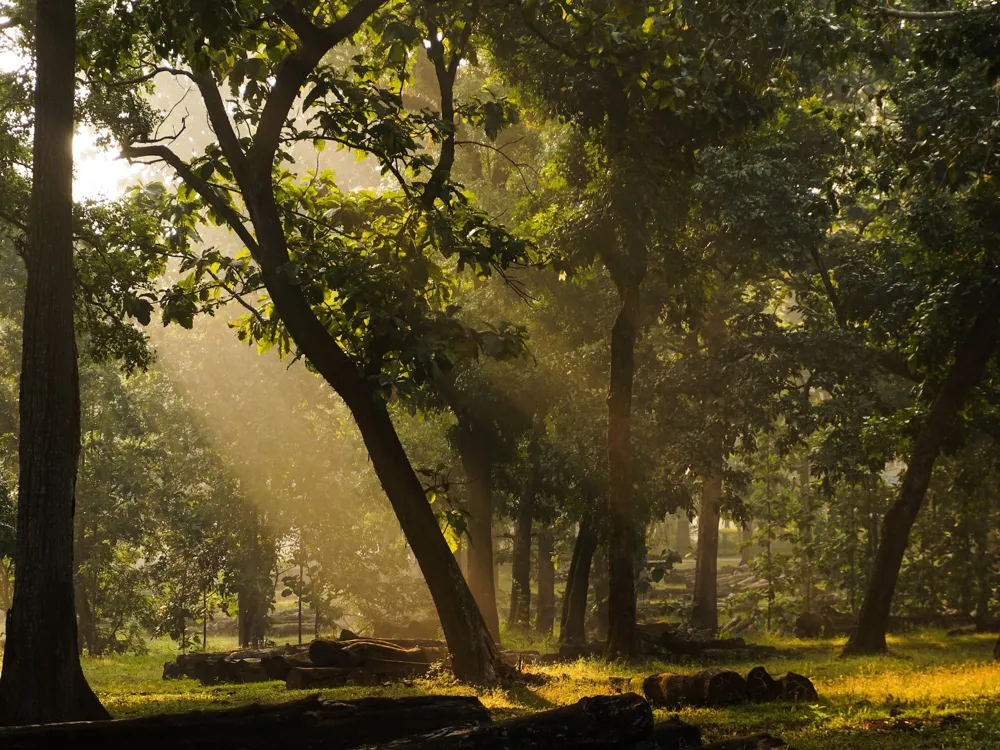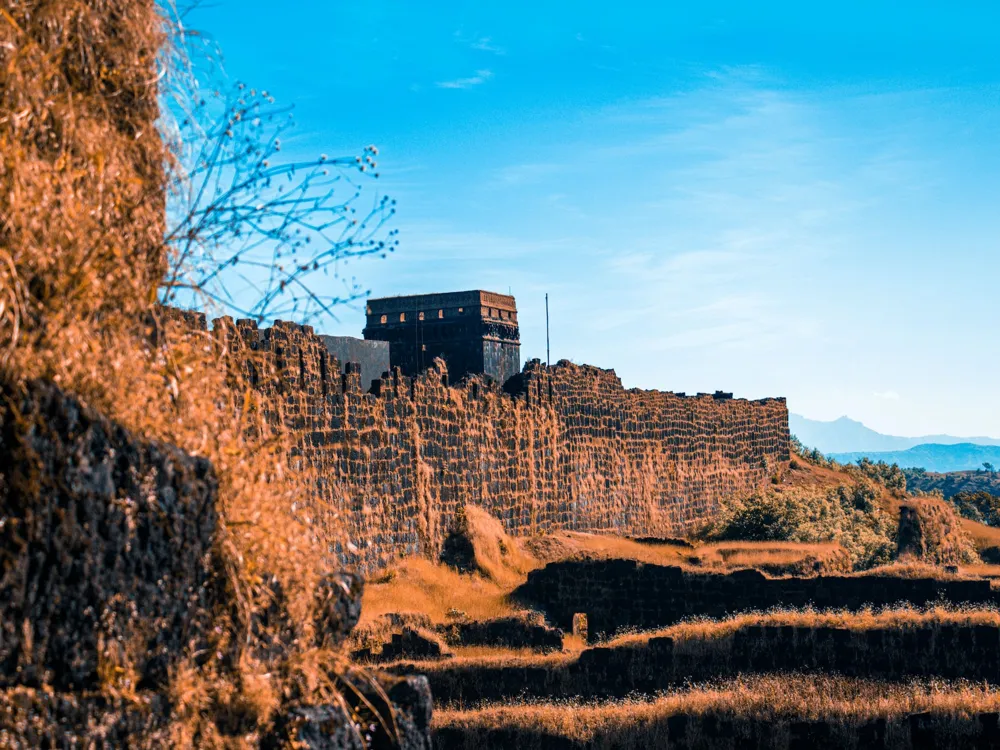Nestled on the western coast of India lies Panaji, the vibrant capital of Goa. This city is a fascinating blend of Indian and Portuguese cultures, evident in its architecture, gastronomy, and lifestyle. Known for its scenic beauty, enthralling beaches, and vivacious nightlife, Panaji is a perfect destination for travelers seeking a blend of relaxation and adventure.
Panaji, also known as Panjim, is the gateway to the beaches of North Goa. It's not just about the beaches though; the city itself is drenched in history and culture. The Our Lady of the Immaculate Conception Church, a baroque church from the 17th century, dominates the city's skyline with its pristine white facade. Streets like Fontainhas reflect the Portuguese influence with their brightly colored houses and quaint charm. The Miramar and Dona Paula are two famous beaches, offering stunning views of the Arabian Sea.
The architectural grandeur of Goa is a testament to its historical Portuguese influence. The Basilica of Bom Jesus, a UNESCO World Heritage Site, houses the mortal remains of St. Francis Xavier and is an excellent example of baroque architecture. The Se Cathedral, with its Iberian façade, stands as one of the largest churches in Asia. Fort Aguada, a 17th-century Portuguese fort, offers panoramic views of the Arabian Sea and is a marvel of engineering. The blend of Indian and Portuguese architectural styles has created a unique Goan aesthetic visible in its homes, churches, and public buildings.
A stroll through the Goan lanes is like a walk back in time. The homes in Goa, with their oyster-shell windows, brightly colored facades, and terracotta-tiled roofs, reflect a unique Indo-Portuguese charm. These structures are not just beautiful but also designed to be functional in the tropical climate, with high ceilings and large windows ensuring good ventilation.
The influence of Portuguese architecture is prominent in public buildings like the Goa State Museum, the Secretariat Building, and the Idalcao Palace. The old quarters of Fontainhas and Sao Tome, with their winding alleys and Mediterranean hues, offer a glimpse into the life of the Portuguese bourgeoisie.
Goa's coastline is dotted with forts like Chapora and Tiracol, standing as silent witnesses to its tumultuous history. The churches of Goa are not just places of worship but also hold great historical significance. The Church of St. Francis of Assisi, with its gilded altars and frescoes, is a masterpiece of Goan art.
The architecture of Goa is a confluence of East and West, a blend of Indian and Portuguese styles, reflecting the region's rich historical tapestry. This unique style, known as the Indo-Portuguese style, evolved over the centuries and is characterized by its distinct aesthetic, intricate detailing, and vibrant colors.
The Indo-Portuguese style is a result of the Portuguese colonization of Goa in the 16th century. This architectural style combines elements from European Renaissance and Baroque styles with traditional Indian designs. The result is a striking and harmonious blend of cultures that is evident in Goa's churches, forts, and residential architecture.
The churches of Goa are its most prominent architectural landmarks. These churches are not just places of worship but also serve as cultural and historical icons. The Basilica of Bom Jesus, famous for its baroque architecture and the mortal remains of St. Francis Xavier, is a UNESCO World Heritage Site. The Se Cathedral, one of the largest churches in Asia, is known for its impressive Iberian façade and Tuscan interior. The Church of St. Cajetan, modeled on St. Peter’s Basilica in Rome, is an example of Corinthian architecture.
The forts in Goa, built during the Portuguese era, are significant historical landmarks. Fort Aguada, with its four-story lighthouse, is an architectural marvel and played a crucial role in defense against Dutch and Marathas. Chapora Fort, popularized by the movie 'Dil Chahta Hai,' offers spectacular views of the Arabian Sea.
The residential architecture of Goa is a vibrant display of Indo-Portuguese culture. The homes are known for their colorful facades, oyster-shell windows, and ornamental balcões (balconies). These houses are not just aesthetically pleasing but also practical, designed to withstand the tropical weather of Goa.
Public buildings like the Goa State Museum, the Panjim Church, and the Idalcao Palace are excellent examples of Goan architecture. These structures blend functionality with aesthetic appeal, featuring elements like stucco work, pilasters, and frescoes.
Planning a trip to Goa can be exciting, but it's essential to be well-prepared to make the most of your experience. Here are some tips to help you enjoy your visit to this beautiful state.
The best time to visit Goa is from November to February. The weather during these months is pleasantly cool and perfect for beach activities and sightseeing.
Don't miss out on Goan cuisine, which is a blend of Indian and Portuguese flavors. Be sure to try Goan fish curry, pork vindaloo, and bebinca, a traditional Goan dessert.
Renting a scooter or a bike is the best way to explore Goa. It's cost-effective and allows you the freedom to explore hidden gems at your own pace. Remember to carry your driving license.
Goa is a culturally rich state, and it's important to respect local customs and traditions. Dress modestly when visiting religious sites, and always ask for permission before taking photographs of locals.
While Goa is relatively safe, it's always advisable to take standard safety precautions. Avoid isolated areas at night, keep an eye on your belongings, and stay aware of your surroundings.
Reaching Goa is convenient, thanks to its well-connected transport system. Goa is accessible by air, road, and rail, making it easy for travelers to visit from different parts of India and the world.
The Goa International Airport, also known as Dabolim Airport, is well-connected to major Indian cities and international destinations. It's the quickest way to reach Goa.
Goa has a good network of roads connecting it to major cities in India. There are several bus services, ranging from luxury to budget, operating from neighboring states to Goa.
Goa is well-connected by train to major Indian cities. The two main railway stations are Madgaon and Thivim, which are well connected to cities like Mumbai, Delhi, and Bangalore.
Welcome to Panaji, Goa: A Tropical Paradise
A Glimpse into the Heart of Goa
Exploring the Unique Architecture of Goa
The Charm of Goan Homes
Public Buildings and Old Quarters
A Legacy of Forts and Churches
Unveiling the Architectural Marvels of Goa
The Indo-Portuguese Influence
Churches: The Pillars of Goan Architecture
Forts: Guardians of Goan History
Residential Architecture: A Glimpse into Goan Lifestyle
Public Buildings and Heritage Sites
Tips When Visiting Goa
Best Time to Visit
Local Cuisine
Transportation Tips
Cultural Etiquette
Safety Precautions
How To Reach Goa
By Air
By Road
By Rail
Chapel of St Sebastian
Panaji
Goa
NaN onwards
View goa Packages
Weather :
Tags : Church & Cathedral
Location : 900 mts from Church of Our Lady of the Immaculate Conception
Timings : 09:30 AM - 01:00 PM and 04:30 PM - 06:00 PM
Built in : 1818
Planning a Trip? Ask Your Question
Goa Travel Packages
View All Packages For Goa
Top Hotel Collections for Goa

Private Pool

Luxury Hotels

5-Star Hotels

Pet Friendly
Top Hotels Near Goa
Other Top Ranking Places In Goa
View All Places To Visit In goa
View goa Packages
Weather :
Tags : Church & Cathedral
Location : 900 mts from Church of Our Lady of the Immaculate Conception
Timings : 09:30 AM - 01:00 PM and 04:30 PM - 06:00 PM
Built in : 1818
Planning a Trip? Ask Your Question
Goa Travel Packages
View All Packages For Goa
Top Hotel Collections for Goa

Private Pool

Luxury Hotels

5-Star Hotels

Pet Friendly







